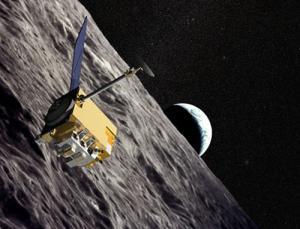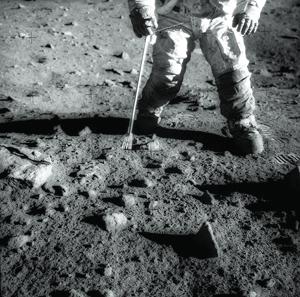
© Sky & Telescope illustration
On the night of September 2-3, 2009, a remarkable celestial event will take place. From 4:43 to 6:29 Universal Time on the 3rd (which is 12:43 to 2:29 a.m. EDT on the 3rd, or 9:43 to 11:29 p.m PDT on the 2nd), a casual look at Jupiter through a telescope will show no moons at all. It's quite common for one of the four Galilean moons be hidden, and it's not rare to see only two moons. But only a few times in a century do all four moons hide simultaneously behind or in front of Jupiter.
As the diagram at right shows, Callisto and Io will be either behind Jupiter or eclipsed by Jupiter's shadow, rendering them completely invisible to any telescope. But Europe and Ganymede will be in front of the planet, where their disks should (at least in theory) be visible at high magnification if the atmosphere is very steady. And for most of that time, one or both of the moons' shadows will also fall on Jupiter. The moons themselves are hard to see because they're similar in color and brightness to Jupiter. But the shadows are pitch black, so they stand out relatively well.
To enjoy the event to the fullest, you should try to watch the moons' disappearances and reappearances. Most of the 11-hour sequence should be visible from the American East Coast, and much of it is visible across all of the Americas and in Europe.

